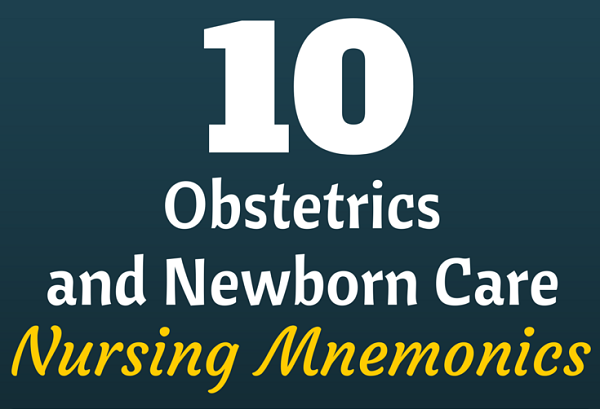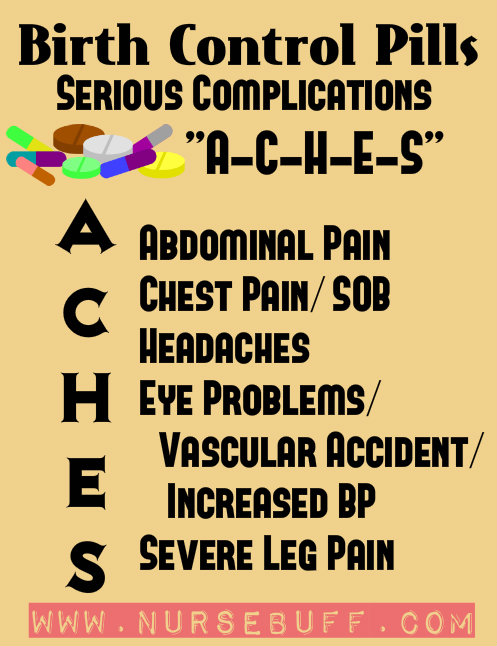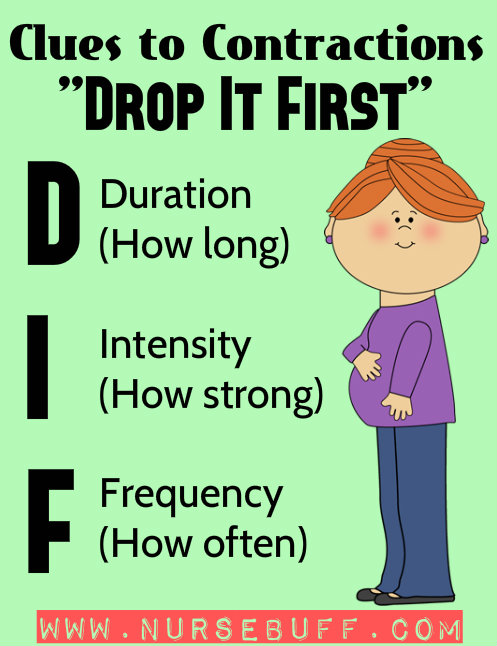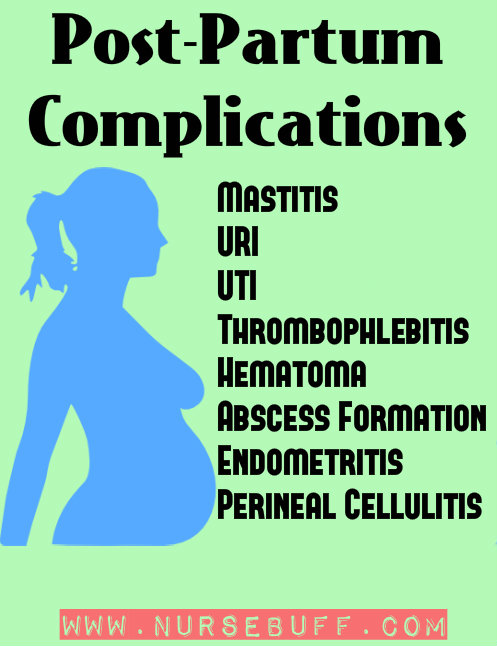Birth Control Pills
Oral contraceptive or birth control pills are composed of hormonal pills used to prevent unwanted pregnancy.
In using birth control pills regularly, there are serious complications that should be closely observed. These serious complications can be easily remembered with the acronym ACHES – abdominal pain, chest pain, headache, eye problems and severe leg pain. These signs and symptoms are indicative of CVA, hypertension and thromboembolic crisis.
Study Guides:
Birth Control Pill FAQ: Benefits, risks, and choices – Mayo Clinic
Types, Effectiveness, and Side Effects of Birth Control Pills – WebMD
Pregnancy Contractions
Pregnancy contractions should be monitored in terms of duration, intensity and frequency.
Duration stands for how long the contraction is while the frequency stands for how often the contraction is. For the intensity, how strong each contraction is noted.
Delivery is imminent when the contractions are more frequent, have shorter durations and have stronger intensity.
Study Guides:
Preterm Labor: Monitoring Contractions – Healthline
What is adequate uterine contraction? – LabSpace
Post-Partum Complications
There are eight post-partum complications that may happen after delivery – mastitis, upper respiratory tract infection, urinary tract infection, thrombophlebitis, endometritis, perineal cellulitis, hematoma and abscess formation.
These complications may result from cesarean delivery, prolonged rupture of membrane, prolonged labor, bladder catheterization and hemorrhage. Whenever these complications are being suspected after delivery, the patient should be maintained in semi-fowler’s position to localize the source of infection.
Study Guides:
Complications of Postpartum – Brookside Press
Caput Succedaneum
Caput Succedaneum is the swelling of an infant’s scalp. It appears edematous and has poorly defined margins. It is commonly caused by the pressure of delivery when the scalp is pushed against the dilating cervix. It has no pathological significance and the affected infant recovers within several days.
Study Guides:
Caput succedaneum – MedlinePlus
Caput Succedaneum (Swelling Edema of Scalp During Labor) – Healthline
Caput – Royal College of Obstetricians and Gynaecologists
(Editor’s Note: Hello dear readers! We’re revamping this list and we’ll be adding in brand new mnemonics very soon!)























